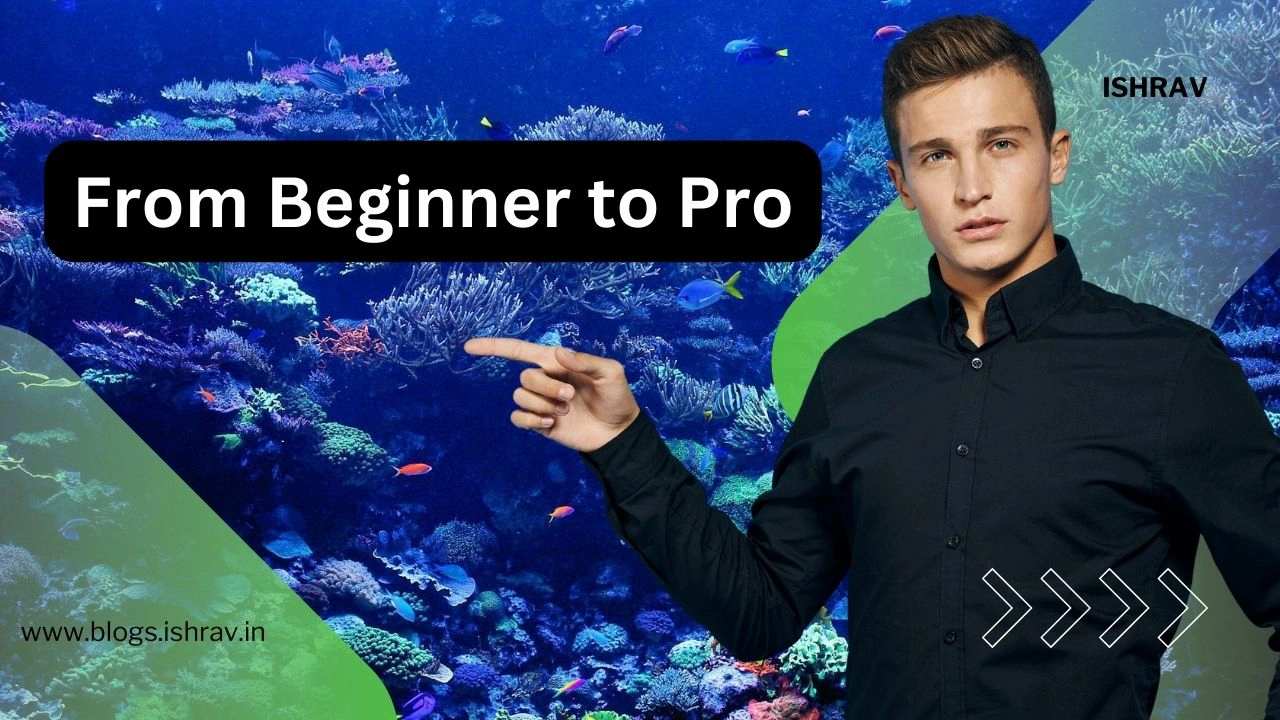
Introduction to Planted Aquariums
A planted aquarium is much more than just a fish tank with plants. It is a balanced ecosystem where plants and aquatic life coexist, creating a vibrant and sustainable environment. Think of it as a miniature garden under water, where the plants play a crucial role in maintaining the health and beauty of the entire setup. Whether you are a novice or an experienced aquarist, a planted aquarium can be a rewarding hobby that brings you closer to nature.
The Benefits of a Planted Aquarium
Why should you consider a planted aquarium? For starters, the presence of live plants can significantly improve the water quality in your tank. Plants absorb carbon dioxide and release oxygen, which helps to maintain a healthy environment for fish and other aquatic creatures. Additionally, the lush greenery can reduce stress for both the inhabitants of the tank and the people who enjoy watching it. A well-maintained planted aquarium can also be a striking centerpiece in any room, adding a touch of tranquility and natural beauty to your home decor.
Essential Equipment and Materials
Before you start your planted aquarium journey, it’s important to gather the necessary equipment and materials. Here are some of the essentials:
- Aquarium Tank: Choose a size that fits your space and budget. Larger tanks are generally easier to maintain but require more space.
- Lighting: Plants need light to photosynthesize. LED lights are a popular choice because they are energy-efficient and provide the right spectrum for plant growth.
- Substrate: This is the material that lines the bottom of your tank. A nutrient-rich substrate is essential for healthy plant growth.
- Filtration System: A good filter keeps the water clean and clear, which is crucial for the health of your plants and fish.
- CO2 System: Carbon dioxide is vital for plant growth. You can use a CO2 injection system or liquid CO2 supplements.
- Fertilizers: Plants need nutrients to thrive. Liquid fertilizers and root tabs can provide essential nutrients.
Choosing the Right Plants
Selecting the right plants for your aquarium is a critical step. Here are some popular options for beginners and advanced aquarists:
Beginner Plants
- Java Moss: Easy to grow and versatile, Java moss can attach to rocks, driftwood, and other surfaces.
- Anubias: Hardy and low-maintenance, Anubias plants are perfect for beginners.
- Cryptocoryne: These plants come in various shapes and sizes and are relatively easy to care for.
Advanced Plants
- Carpet Plants (e.g., Dwarf Hairgrass): These plants create a lush, green carpet on the substrate but require more light and CO2.
- Red Plants (e.g., Alternanthera Reineckii): These striking plants add a pop of color but need specific conditions to thrive.
Setting Up Your Planted Aquarium
Setting up a planted aquarium involves several steps. Here’s a simple guide to get you started:
- Choose Your Location: Place your aquarium in a spot that avoids direct sunlight to prevent algae growth.
- Prepare the Tank: Clean the tank thoroughly before adding any equipment or substrate.
- Add the Substrate: Layer the substrate evenly on the bottom of the tank. You can create slopes or terraces for a more natural look.
- Install the Equipment: Set up the filter, heater, CO2 system, and lighting according to the manufacturer’s instructions.
- Fill with Water: Slowly fill the tank with water to avoid disturbing the substrate.
- Plant Your Aquarium: Arrange your plants in the tank. Use taller plants in the background and shorter ones in the foreground.
- Cycle the Tank: Allow your tank to cycle for a few weeks before adding fish. This process helps establish beneficial bacteria that maintain water quality.
Planting Techniques
Planting techniques can vary depending on the type of plants you choose. Here are some common methods:
- Rooting in Substrate: For plants with roots, dig small holes in the substrate and gently place the roots inside. Cover the roots with substrate, leaving the crown of the plant exposed.
- Tying to Hardscape: Some plants, like Java moss and Anubias, can be tied to rocks or driftwood using fishing line or thread.
- Floating Plants: These plants, such as Duckweed, float on the water’s surface and do not need to be anchored.
